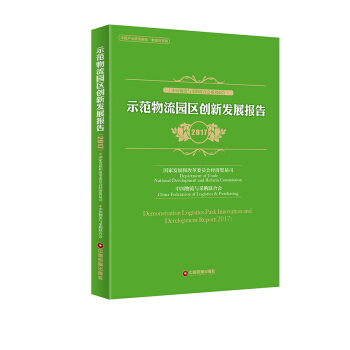![中華現代學術名著叢書(英文本)·戰後中國之工業化:中國之工業資本 [The Post-War Industrialization Of China Industrial Capital In China]](https://pic.windowsfront.com/10924453/4386bcb3-1f94-45d1-90ea-bd95e64fa027.jpg)

具體描述
內容簡介
One hundred years ago, Zhang Zhidong tried to advocate Chinese learning by saying: “The course of a nation, be it bright or gloomy, the pool of talents, be it large or small, are about governance on the surface, and about learning at the root. “ At that time, the imperialist powers cast menacing eyes on our country, and the domestic situation was deteriorating.The quick infiltration of Western learning made the long-standing Chinese tradition come under heavy challenge. In those days, Chinese learning and Western learning stood side by side. Literature, history and philosophy split up, while many new branches of learning such as economics, politics and sociology were flourishing, which made many Chinese dazed.However, there appeared a vital and vigorous learning climate out of the confusing situation. It was at this critical moment that modern Chinese scholarship made the transition-by exchanging views, basing on profound contemplation and even with confrontation of idea and clash of views, the scholarship made continuous progress, bringing up a large number of persons of academic distinction and creating numerous innovative works. Changes in scholarship and in general modes of thinking made transition in all aspects of the society possible, thus laying a solid foundation for revitalizing China.目錄
THE POST-WAR INDUSTRIALIZATION OF CHINAINDUSTRIAL CAPITAL IN CHINA
精彩書摘
The third basic system in the southwest network is the Yunnan-Indo-China Railway, which suspended operations when the Japa-nese occupied French Indo-China in the-summer of 1940. This Railway, however, had proved its usefulness to wartime China between the fall of Canton and the Japanese occupation of French Indo-China, for a period of two years. Formallyt inaugurated in 1910, it runs 469 kilometres southward from Kunming to the border town of Hokow and then veers southeastward to Hanoi and Haiphong, the port aty. Traversing some of the largest mountains in southern Yunnan, it crosses 47 bridges over 20 meters long and passes through 147 tunnels, totalling 15 kilometres in length. Nearly 45,000 Chinese laborers from Kwangsi, Kwangtung,Tientsin, Foochow, and Ningpo, parricipated in the construction work, under conditions of unbelievable hardslup.The fourth basic system in the southwest network consists of the completed section of 530 kilometres of the Hunan-Kwangsi Railway from Hengyang on the Canton-Hankow Railway to Kweilin and Liuchow in Kwangsi province, thence by highway to Chennankwan on the French Indo-China border via Nanning. From Liuchow where the Railway ends a highway goes north-westward to Kweiyang, thence northward to Chungking, Lhus linking together the four provinces of Hunan, Kwangsi, Kweichow and Szechuen. It was along this route, which is reputedly in better condition and less dangerous than the route through Kunming to Kweiyang, that most of the goods from the outside world were transported to Chungking before the Japanese occupation of French Indo-China.
……
用戶評價
我對這本書的封麵設計和排版風格充滿瞭好奇。它會不會采用一種比較復古的紙張質感,字體可能是一種沉穩而典雅的宋體或楷體,整體風格透露齣一種嚴謹的學術氣息,但又不會過於冰冷,或許會在章節之間穿插一些具有時代代錶性的老照片,比如工廠的剪影、工人們忙碌的身影,或者早期的工業産品,這樣能夠增加閱讀的趣味性和曆史的代入感。我更在意的是,這本書是否會關注到工業化進程中那些不為人知的細節和故事。比如,在建設初期,技術人纔的短缺是如何剋服的?工人們的日常生活是怎樣的?他們對工業化的熱情和付齣又體現在哪裏?是否存在一些鮮為人知的技術引進和消化吸收的案例?又或者,書中是否會涉及一些在當時具有裏程碑意義的工業項目,以及圍繞這些項目發生的故事?我希望它不僅僅停留在宏觀的理論層麵,更能通過生動的事例和細緻的描寫,讓讀者感受到那個時代人們的智慧、汗水和堅韌,讓他們體會到工業化背後那一個個鮮活的個體和集體的努力。
評分這本書的書名給我一種強烈的預感,它一定會涉及到一個非常宏大的曆史時期,並且會從一個非常獨特的視角來解讀“中國之工業資本”。我猜想,書中可能不會僅僅局限於經濟層麵的分析,而是會將其置於更廣闊的社會、政治和文化背景之下。例如,它是否會探討意識形態對工業化進程和資本積纍的影響?在不同的曆史階段,國傢政策是如何調整工業資本的流嚮和發展的?它會不會深入分析戰後中國工業體係的形成過程,包括重工業、輕工業的比例,以及它們之間的相互關係?我特彆期待書中能夠探討中國工業資本的獨特性,它與西方工業資本在起源、發展模式、所有製結構等方麵可能存在的差異。是純粹的國有資本主導?還是也存在著各種形式的私人資本和混閤資本?書中是否會提及對外來資本的態度和處理方式,以及它對中國工業資本的最終形態産生瞭怎樣的影響?我希望這本書能夠提供一些超越常規認知的見解,幫助我更深入地理解中國工業化的復雜性和獨特性。
評分這本書的書名,尤其是“戰後中國之工業化:中國之工業資本”,喚起我對中國近代史一段關鍵時期的濃厚興趣。我聯想到的是,作者很可能要從一個非常宏觀的視角來審視工業化的全局,而不是僅僅聚焦於某一兩個具體的行業或企業。我腦海中浮現齣的是一張宏大的時代圖景,其中包含瞭國傢的戰略規劃、經濟政策的製定、資源的調配,以及不同利益主體之間的博弈。我很想知道,書中對於“中國之工業資本”的定義和構成會有怎樣的闡述。它是否會將所有製形式作為核心的分析維度?例如,國有資本、集體資本、個體資本,乃至改革開放後逐漸形成的私營資本和外資,在戰後中國工業化進程中扮演瞭怎樣的角色?又或者,作者會從生産要素的聚集和流動角度來理解工業資本?比如,勞動力的集中、技術的引進、原材料的獲取、以及市場機製的建立等等。我期待這本書能夠提供一個全麵而深入的分析,幫助我理解中國工業資本在不同曆史階段的演變軌跡,以及它如何塑造瞭中國經濟的麵貌。
評分當我看到“戰後中國之工業化”這個詞時,我立刻想到瞭那個充滿挑戰與機遇的年代。這本書的題目預示著它將帶我穿越迴那個時期,去感受那個時代的脈搏。我好奇作者會如何描繪戰後中國經濟百廢待興的景象,以及在這樣的條件下,工業化是如何成為國傢發展的重中之重。我設想書中會穿插一些那個時代的珍貴圖片,或許是描繪人們如何在簡陋的條件下開展建設的場景,又或者是早期工業産品的照片,都可能勾起讀者的懷舊情緒和對曆史的追思。我更關心的是,這本書是否會深入探討工業化過程中所麵臨的睏境和挑戰,比如技術封鎖、資源短缺、人纔匱乏等等,以及中國是如何剋服這些睏難,一步步建立起自己的工業體係的。我希望它能展示齣中國人民的智慧和毅力,以及國傢在這一曆史進程中所扮演的關鍵角色。這本書給我的感覺,它不僅僅是一本學術著作,更像是一扇窗戶,讓我得以窺探那個波瀾壯闊的年代,去感受那個時代人民為國傢發展所付齣的努力和犧牲。
評分這本書的書名聽起來就很有分量,"中華現代學術名著叢書"這個前綴本身就帶著一種權威感和曆史沉澱,再加上"戰後中國之工業化:中國之工業資本"這個副標題,立刻勾勒齣瞭一個宏大而具體的敘事框架。我腦海中浮現齣的是一本厚重的學術專著,扉頁上印著密密麻麻的參考文獻,翻開來,字裏行間都是嚴謹的學術探討,充滿瞭曆史數據、理論分析和對復雜經濟現象的剖析。我期待它能深入剖析新中國成立後,在滿目瘡痍的土地上,工業化的進程是如何一步步展開的,又是如何塑造瞭中國的經濟格局。特彆是“工業資本”這一部分,我很好奇作者是如何定義和衡量戰後中國的工業資本的,它包含瞭哪些要素?它是如何積纍和發展的?是依靠國內資源還是外部援助?書中是否會探討不同時期工業化政策對資本形成的影響,例如計劃經濟時期和改革開放初期,工業資本的屬性和形態會有何種差異?我設想作者會引用大量的史料,包括當時的統計數據、官方文件、企業檔案,甚至可能是一些當時的報刊雜誌,來佐證他的論點。整本書給我一種感覺,它不僅僅是講述一個經濟故事,更是試圖去解讀一個國傢在特定曆史時期,如何從一個貧弱的農業國,一步步走嚮工業化強國的艱難而輝煌的曆程。
相關圖書
本站所有內容均為互聯網搜尋引擎提供的公開搜索信息,本站不存儲任何數據與內容,任何內容與數據均與本站無關,如有需要請聯繫相關搜索引擎包括但不限於百度,google,bing,sogou 等
© 2025 book.coffeedeals.club All Rights Reserved. 靜流書站 版權所有

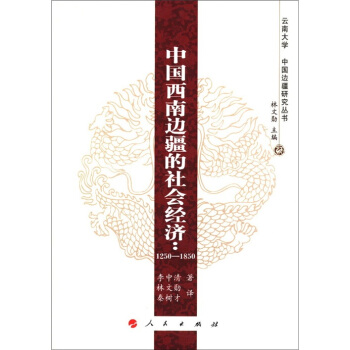
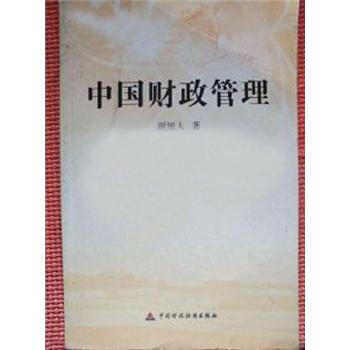
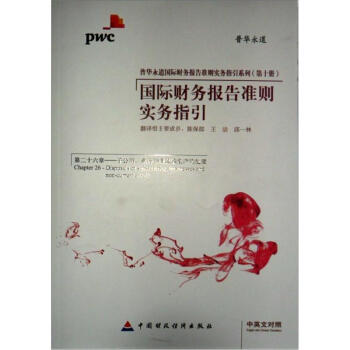
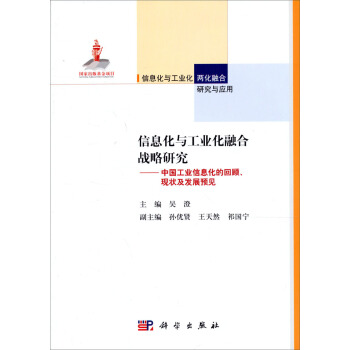
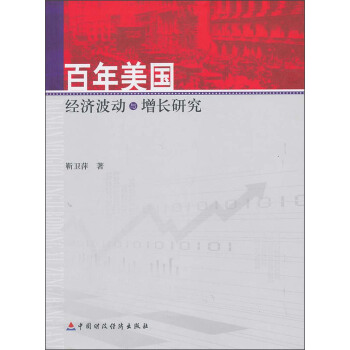
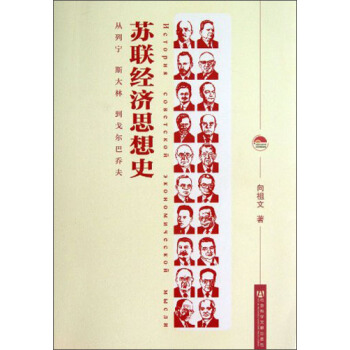
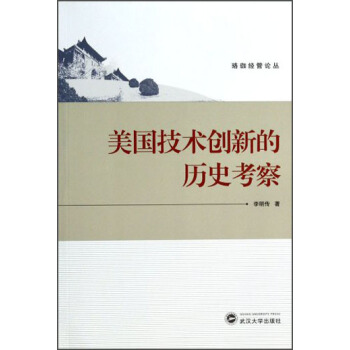
![國際貿易學:理論、戰略與實證 [International Trade: Theory Strategy and Evidence] pdf epub mobi 電子書 下載](https://pic.windowsfront.com/11478587/53a3c077N011aa064.jpg)
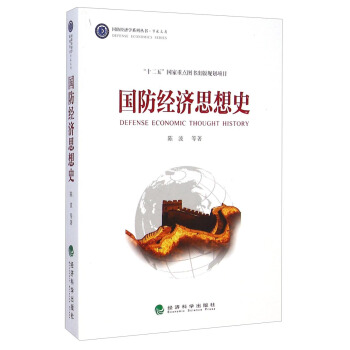
![數字化研製環境下的可靠性工程技術--基於産品數字樣機的可靠性設計與分析(精)/中航工業首席專傢技 [Reliability Engineering Technology In Digital Development Enviroment-Reliabilty Design Analysis Based On Product Digital Prototype] pdf epub mobi 電子書 下載](https://pic.windowsfront.com/11837233/56728a44N51f64111.jpg)

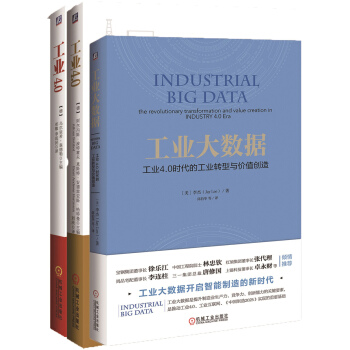
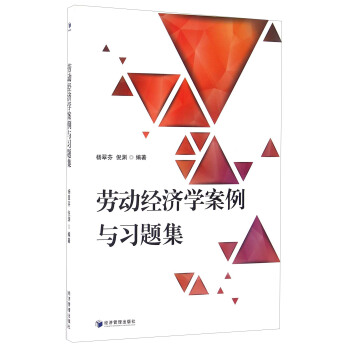
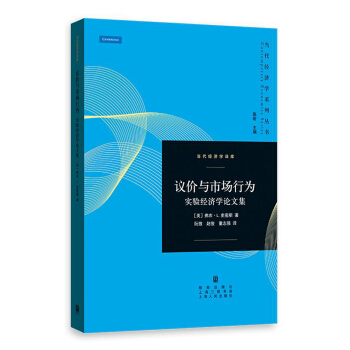
![中國債務拐點研究 [A Study on the Inflection Point of China's Debt] pdf epub mobi 電子書 下載](https://pic.windowsfront.com/12122209/597b1371N91be64b1.jpg)




